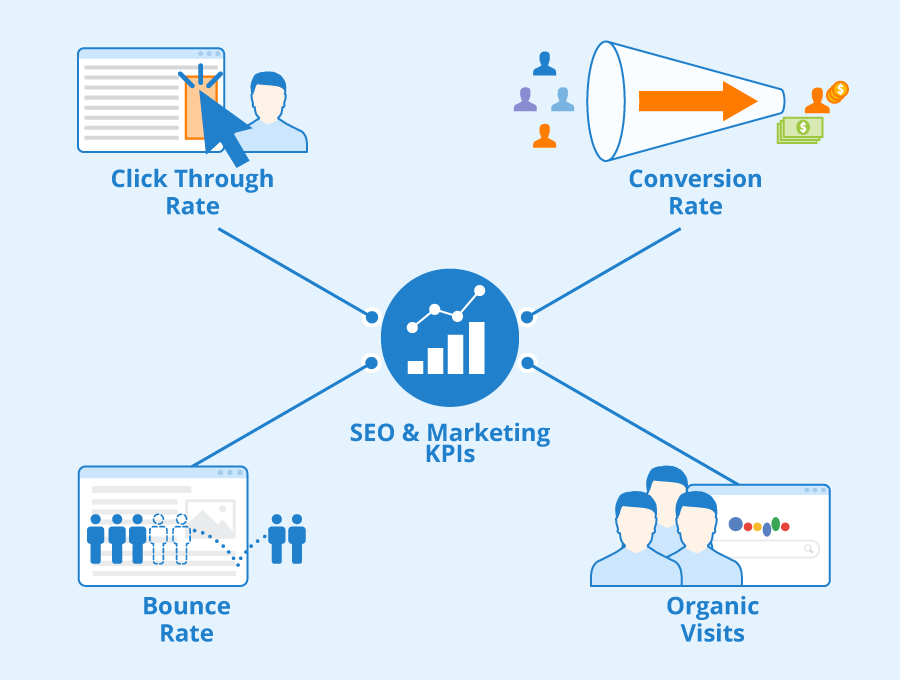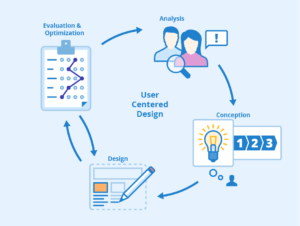Mastering Google’s New Interaction to Next Paint Metric for SEO Success

Mastering Google’s New Interaction to Next Paint Metric for SEO Success
Introduction
The world of SEO is constantly evolving, and Google’s algorithms continually undergo changes to provide users with better search experiences. One of the latest metrics to make waves in the SEO community is Google’s Interaction to Next Paint (INP).
INP is a user-centric metric that focuses on the perceived loading performance of a web page. In this blog post, we will delve into what INP is, why it matters for SEO, and how you can optimize it to improve your website’s performance and search rankings.
Understanding Interaction to Next Paint (INP)
INP is a part of Google’s Core Web Vitals, a set of metrics that assess the overall user experience on a web page. INP specifically measures the time it takes for a page to become interactive for users. In simpler terms, it quantifies how quickly a page allows users to engage with its content, such as clicking links, filling out forms, or interacting with widgets.
Why INP Matters for SEO
- User Experience (UX): Google’s primary goal is to provide users with the best possible search experience. Websites with fast and interactive pages are more likely to satisfy users, leading to higher rankings.
- Mobile-First Indexing: Google primarily uses mobile-first indexing, meaning it assesses websites based on their mobile version. Optimizing INP ensures that your mobile site offers a seamless experience.
- Page Ranking: Google considers user experience as a ranking factor. A better INP score can positively impact your website’s ranking on the search engine results pages (SERPs).
How to Optimize INP for SEO Success
- Prioritize Critical Resources: Ensure that critical resources required for interactivity, such as CSS and JavaScript, are loaded and processed quickly. Minimize render-blocking resources to expedite page interactivity.
- Optimize Code: Streamline your website’s code to reduce unnecessary scripts and improve execution speed. Consider using asynchronous loading for non-essential resources.
- Image and Media Optimization: Compress images and multimedia elements to reduce their file sizes without compromising quality. This accelerates page loading and interactivity.
- Lazy Loading. Lazy loading ensures that resources load only when they become visible to the user, improving the perceived loading speed.
- Content Delivery Networks (CDNs): Utilize CDNs to distribute your website’s content across multiple servers, reducing server response times and improving overall page performance.
- Browser Caching: Configure browser caching to store certain resources locally on a user’s device, reducing the need for repeated downloads upon subsequent visits.
- Reduce Third-Party Scripts: Minimize the use of third-party scripts and widgets that can slow down page interactivity. Only integrate essential third-party elements.
- Progressive Web Apps (PWAs): Consider developing a PWA to deliver a faster and more interactive mobile experience. PWAs are designed to work seamlessly even with poor network conditions.
Monitoring and Testing INP
Regularly monitor your website’s INP using Google’s PageSpeed Insights, Lighthouse, or other performance measurement tools. These tools provide insights into specific issues affecting your INP and offer recommendations for improvement.
Additionally, conduct user testing to gather feedback on your website’s interactivity. Understanding how real users experience your site can help you identify and address issues that may not be evident through metrics alone.
Conclusion
Google’s Interaction to Next Paint (INP) metric is a pivotal element in the evolving landscape of SEO. Optimizing INP is not only about improving your website’s search engine rankings but also about providing users with a seamless, interactive, and enjoyable browsing experience.
By focusing on INP and addressing the factors that influence it, you can enhance your website’s performance, increase user satisfaction, and ultimately boost your SEO success. Stay vigilant, as SEO is a dynamic field, and keeping up with the latest metrics and best practices is essential for long-term success in the digital landscape.
For More Related Articles Browse Our Website Blogster.pk
For social Connection You can also Visit and follow our Social media Platforms
Facebook , Instagram, Linkedin, Pinterest, Quora, Twitter, Youtube.





